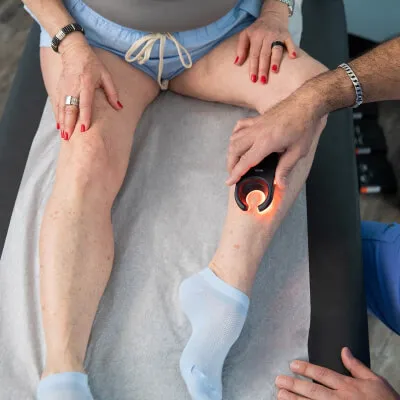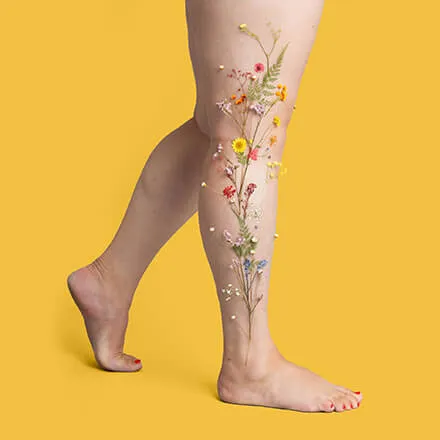Key Takeaways:
- President Donald Trump's recent diagnosis of chronic venous insufficiency (CVI) highlights a common vein condition characterized by impaired blood flow in the leg veins, often leading to symptoms like leg swelling.
- CVI (aka Vein Disease) is a more advanced form of varicose veins that affects millions of Americans, particularly as people age, and is easily treatable with modern vein treatments.
What is Chronic Venous Insufficiency (CVI)?
Chronic venous insufficiency (CVI) is a medical condition where the veins in the legs struggle to return blood to the heart effectively. Normally, our leg veins contain tiny one-way valves that open to allow blood to flow upward and close to prevent it from flowing backward (venous reflux). In individuals with CVI, these valves are damaged or weakened, leading to inefficient blood flow and a pooling of blood in the lower extremities.
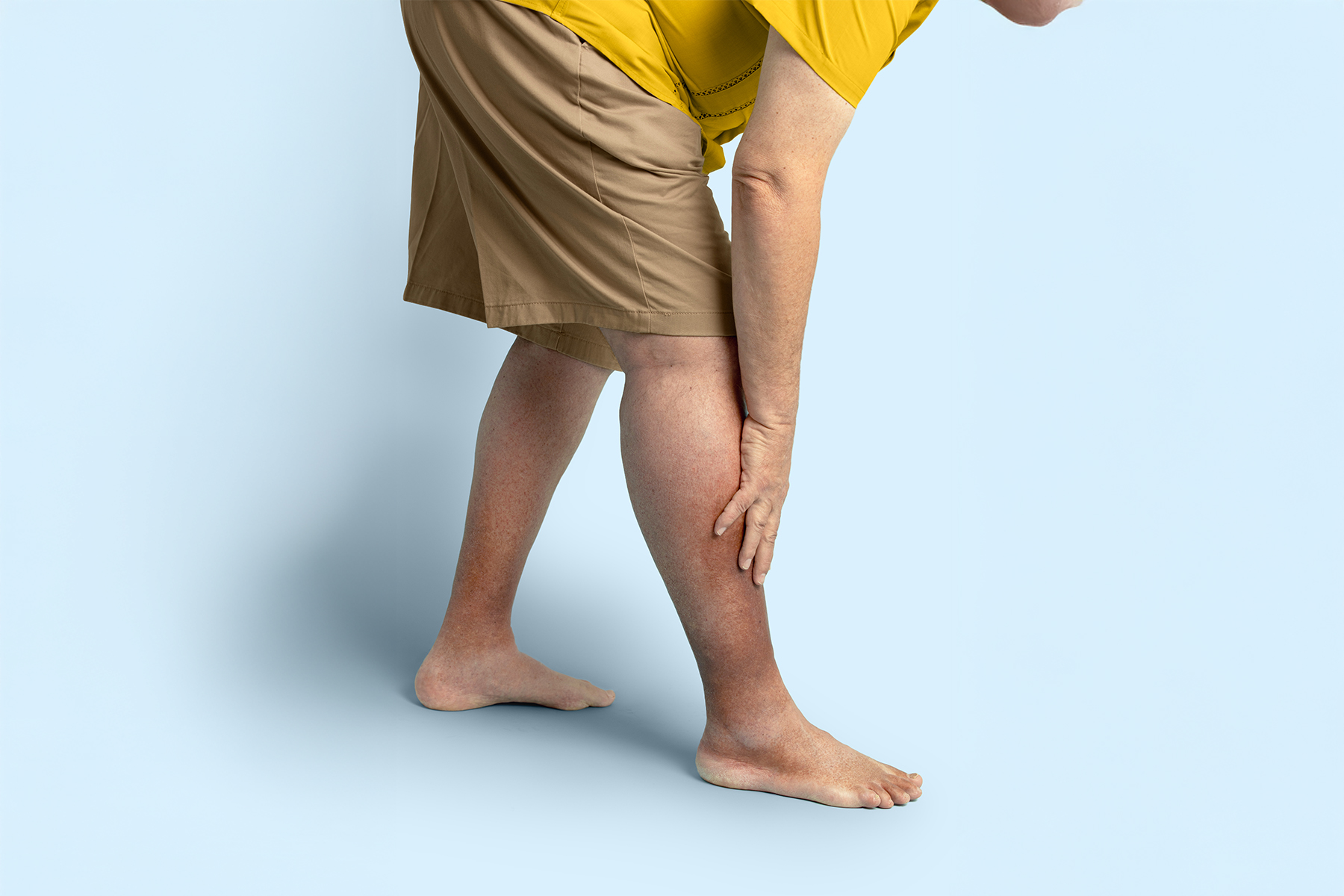
How Common is CVI?
Chronic Venous Insufficiency is a very common health issue, affecting a significant portion of the adult population. It is estimated that as many as 17% of men and 40% of women suffer from CVI at some point in their lives.
For individuals in President Trump's age bracket (who turned 79 last month), the likelihood of developing CVI significantly increases. It's considered particularly common in men over the age of 70.
What are the Stages of CVI?
CVI is a progressive condition, and its symptoms and severity can worsen over time if untreated. Medical professionals use the CEAP classification system (Clinical, Etiological, Anatomical, and Pathophysiological) to categorize the stages of CVI.
Each stage is marked by the symptoms below:
C0: No Signs or Symptoms of venous disease can be observed.
C1: Spider Veins
Spider veins are small damaged veins which contain trapped blood that appear on the surface of the skin, often the legs or face, and resemble the strands of a spider's web.
C2: Varicose Veins
Varicose veins are damaged veins commonly found in the legs, which are no longer transporting blood efficiently back to the heart. They present as twisted, bulging veins blue, purple or red in color.
C3: Leg Swelling
Leg and ankle swelling (also known as edema) occurs when fluid gets trapped in the body's tissues as a result of poor circulation.
C4: Skin Changes
This stage is characterized by skin changes such as hyperpigmentation (darkening of the skin), eczema (itchy, inflamed skin), or lipodermatosclerosis (thickening and hardening of the skin.
C5: Healed Ulcers
This stage is marked by healed venous ulcers. Venous ulcers are skin wounds caused by malfunctioning vein valves and blood flow in the reverse direction.
C6: Open Ulcers
Also known as venous stasis ulcers, these open sores can appear on the legs as a result of CVI. At this stage, ulcers are active and unhealed.
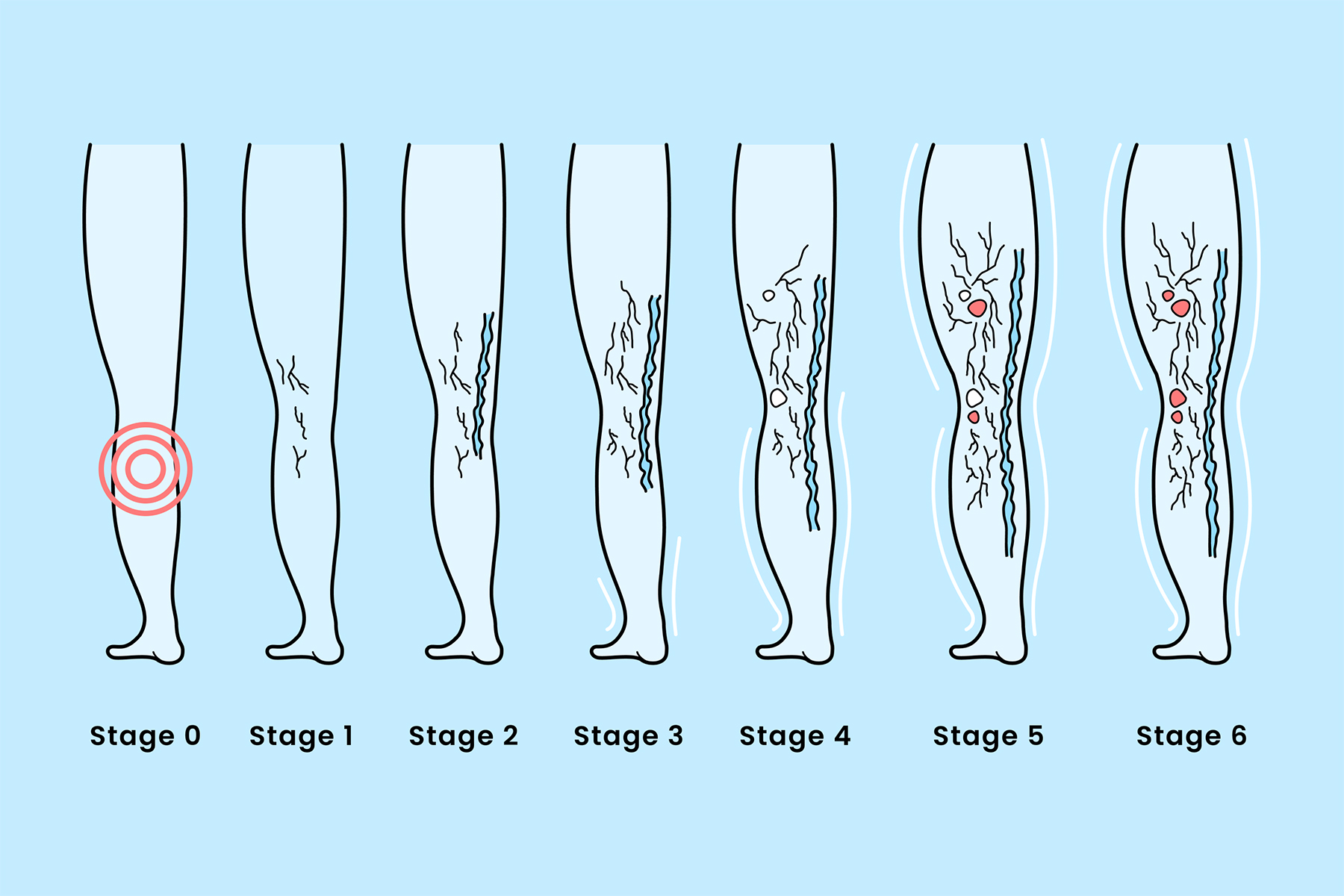
What Stage Does President Trump Have?
The White House has announced President Trump's diagnosis of CVI following public concern in response to photos that showed visible swelling in his legs and ankles. His physician, Capt. Sean P. Barbabella, D.O., noted in a letter released by the White House that venous Doppler ultrasounds confirmed the diagnosis but stated, "there was no evidence of deep vein thrombosis or arterial disease."
A specific CEAP stage has not been publicly discussed in relation to the President's diagnosis. Capt. Barbabella's statements have focused on leg swelling but not skin changes or ulcers, which indicate that the President's condition is likely Stage 3 Chronic Venous Insufficiency.
While there has also been speculation about bruising seen on the President's hand, according to his Press Secretary, Karoline Leavitt, this is unrelated to his diagnosis of CVI. Dr. Hugh Pabarue of Metro Vein Centers agrees, and was quoted in a recent Huffington Post article, saying, "It's very rare for people to get chronic venous insufficiency in the arms, and so it's unlikely that the skin discoloration is due to varicose vein[s] or the chronic venous insufficiency issue."
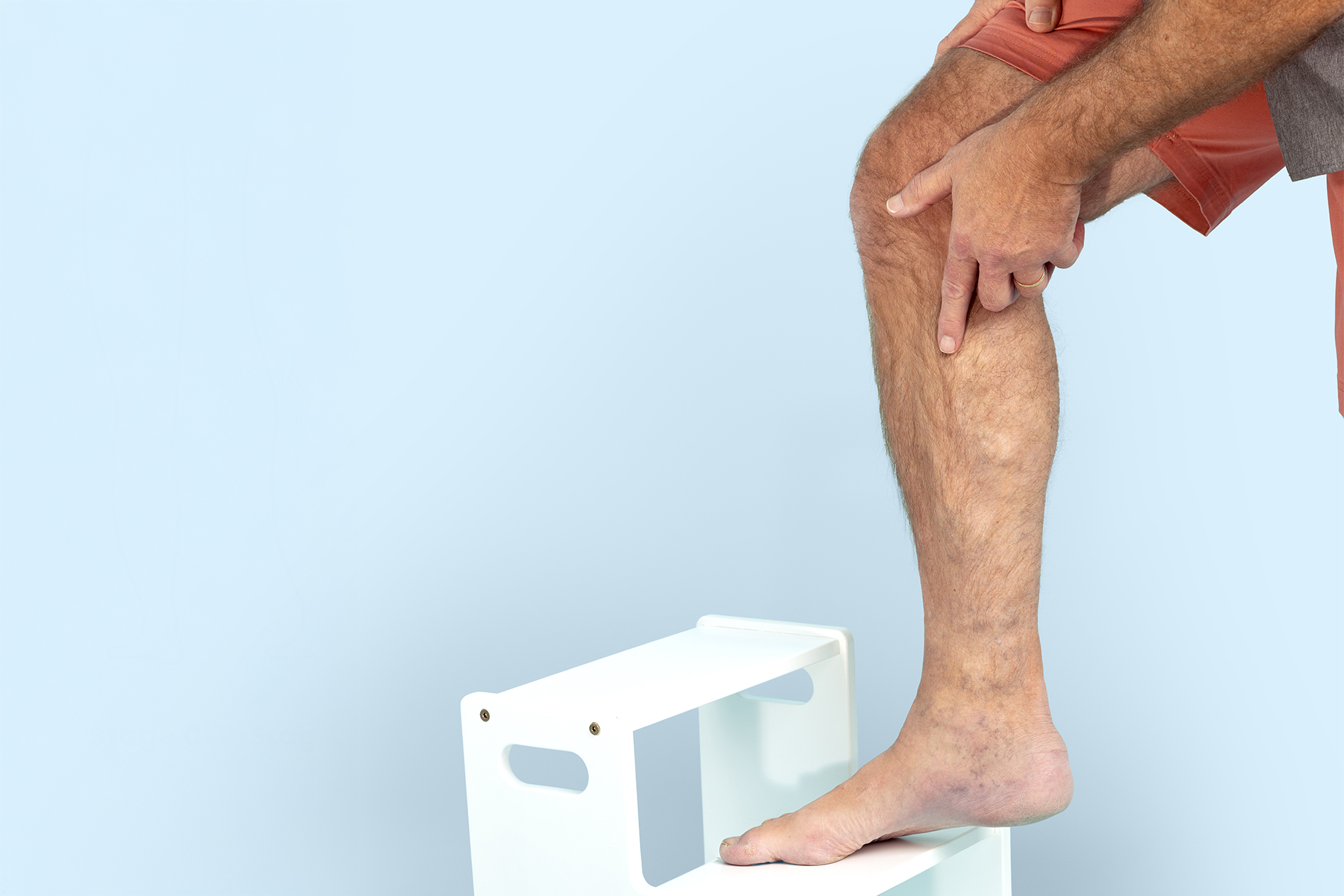
What Happens If CVI Goes Untreated?
If chronic venous insufficiency is left untreated, it is likely to get progressively worse over time, leading to more severe symptoms and potential complications. The continuous pooling of blood and increased pressure in the veins can cause increased discomfort and damage to surrounding tissues.
If left unmanaged, the condition can progress to the advanced stages of vein disease, including venous ulcers, blood clots, and even deep vein thrombosis (DVT).
How Can CVI Be Treated?
While the White House did not reveal President Trump's specific treatment plan, chronic venous insufficiency is a manageable condition. Treatment approaches range from conservative measures such as compression therapy to minimally invasive vein procedures, depending on the severity of the condition.
Conservative Management
Conservative management of CVI often includes lifestyle adjustments such as regular exercise, elevating the legs, and wearing compression stockings. These methods help improve blood flow and can reduce symptoms, especially in the earlier stages.
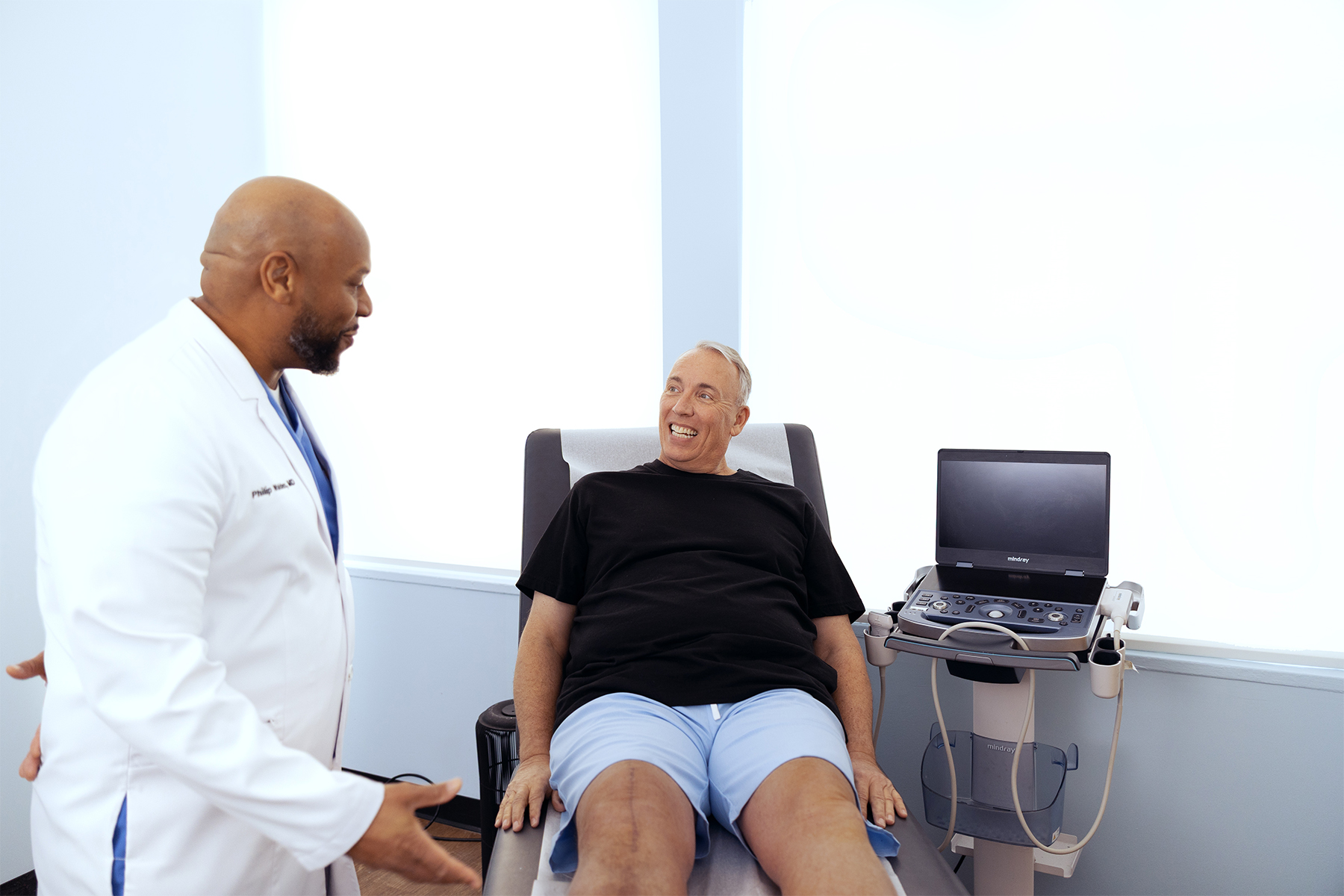
Medical Vein Treatments
Treatment options for CVI includes several effective, minimally invasive procedures, including:
Sclerotherapy: a non-surgical, injectable foam treatment.
Endovenous Thermal Ablation: a treatment that uses heat to close the affected vein and includes Endovenous Laser Ablation and Radiofrequency Ablation.
Varithena: a non-surgical, foam infusion treatment for varicose veins.
These modern vein treatments are done in the office in approximately 15-30 minutes, do not require any general anesthesia, and allow for a quick recovery (patients can walk in and out of the office on their own). It's important to remember that a personalized treatment plan is developed after a thorough diagnostic evaluation by a vein specialist.
Experiencing Chronic Venous Insufficiency symptoms? Taking the first step is easy. Schedule a free consultation at Metro Vein Centers, and one of our board-certified vein doctors will provide a comprehensive evaluation to help you explore your ideal treatment path.
Frequently Asked Questions
What are the most common symptoms of CVI?
The most common symptoms of CVI include leg swelling, aching, cramping, or pain, skin changes like discoloration or ulcers, and the presence of varicose veins.
Is chronic venous insufficiency a serious condition?
While CVI is not usually considered serious, it can be associated with serious complications, such as deep vein thrombosis (a blood clot in a deep vein) or pulmonary embolism (a clot that blocks blood flow to the lungs).
What is the prognosis for people with CVI?
CVI can be well-managed if you're treated in the early stages. There are several effective, minimally invasive treatment options available. CVI isn't usually life-threatening, but it's important to seek treatment to prevent potential complications.

Dr. Philip LoPresti
Meet Dr. Philip LoPresti DO, DABVLM, FACS, a board-certified vein specialist and surgeon with over 20 years of experience. Schedule an appointment with him in Queens, NY today.
Meet Dr. Philip LoPresti
Trusted insight from the nationally accredited, board-certified vein doctors at Metro Vein Centers.





